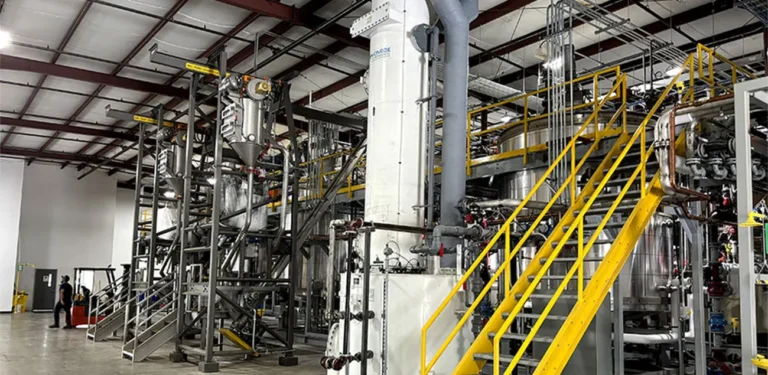
The global cobalt market in 2025 is expected to remain shaped by oversupply and evolving battery technologies. Prices, subdued since 2023 by excess supply, are projected to stay stable with minimal volatility. However, shifts in trade dynamics, technological advancements, and geopolitical factors continue to influence the market.
Global cobalt demand is forecasted to grow substantially over the next two decades, with the International Energy Agency (IEA) projecting an increase from 213,000 metric tons in 2023 to 344,000 metric tons by 2030 and 454,000 metric tons by 2040. This underscores cobalt’s essential role in electric vehicle (EV) batteries and other industries. Yet, the IEA warns of a potential 16% supply shortfall by 2035 unless at least 17 new cobalt mines are developed by 2030 to align with global net-zero carbon goals.
Despite the strong demand outlook, the market remains oversupplied in the near term. Fastmarkets estimates a cobalt surplus of 21,000 metric tons in 2025, following a surplus of 25,000 metric tons in 2024. This persistent oversupply is largely tied to cobalt’s status as a byproduct of copper and nickel mining, both of which are ramping up production. This surplus has placed downward pressure on prices since 2023.
Compounding this is the concentration of cobalt production. According to the IEA’s 2024 Global Critical Minerals Outlook, 84% of global cobalt supply originates in the Democratic Republic of Congo (DRC). Such reliance creates vulnerability to geopolitical disruptions, prompting many nations to prioritize domestic cobalt supply chains for energy security.
The rise of lithium iron phosphate (LFP) batteries, especially in China, is reducing demand for cobalt. Major EV manufacturers like Tesla and BYD have embraced LFP technology for its cost efficiency and durability, despite its lower energy density compared to nickel-cobalt-based chemistries. Tesla, for instance, now uses LFP batteries in its standard-range Model 3 and plans to expand their use in other models.
This shift has gained traction among mid- to low-end EVs, threatening long-term cobalt demand as manufacturers move away from reliance on nickel-cobalt chemistries. While demand for cobalt continues to grow overall due to EV and energy storage expansion, LFP adoption remains a significant disruptor to its trajectory.
Donald Trump’s re-election in 2024 has introduced additional uncertainty into the cobalt market. New executive orders aimed at rolling back EV incentives in favor of the traditional automotive industry could dampen cobalt demand, as the EV sector accounts for roughly 40% of global cobalt consumption.
Potential U.S. trade policy shifts may also disrupt cobalt markets. Stricter tariffs on Chinese cobalt and EV imports remain a possibility. Although Indonesia’s growing cobalt production is currently exempt from U.S. trade measures, this status could change, further complicating global trade dynamics.
With the cobalt market navigating oversupply, battery chemistry shifts, and geopolitical headwinds, its future trajectory will depend heavily on how economic, trade, and technological factors evolve.



